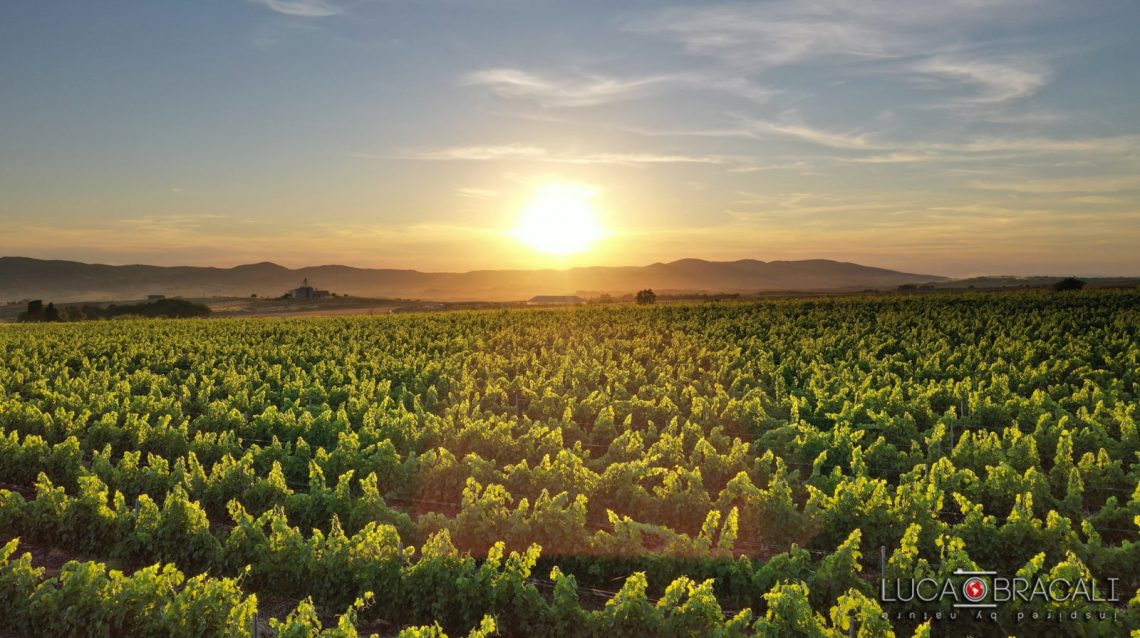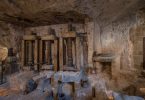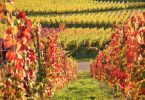The Wolf Post offers a professional service with free access, without subscription.
For this reason, a donation would also be a sign of appreciation for our work.
Tuscany is one of the regions with not only an artistic heritage but also one of the richest food and wine in Italy. Destination of millions of tourists who love every corner. Pisa is one of the most popular cities, with its symbolic tower par excellence but also the suggestive Piazza del Duomo with an architectural complex so unique in the world that it is defined as the “Field of Miracles”.
The former Maritime Republic is one of the Italian cities with the highest concentration of artistic testimonies, as well as the seat of one of the most renowned universities, the Normale di Pisa, strongly desired by Napoleon Bonaparte.
Pisa is all this and much more. A city to visit on foot or by bicycle to go beyond the city, in its province equally rich in history for a real food and wine tour that includes, among other things, some of the most popular companies in wine, olive and dairy. Not only. The “Colline Pisane Wine Route” offers much more to tourists who want to experience the territory and its culture in the round.
Let’s find out more from the words of its President, Andrea Acciai.
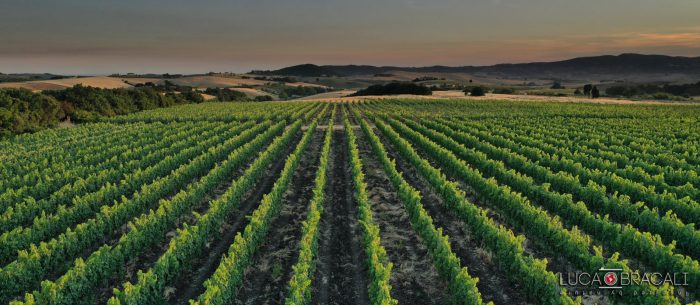
©Strada del vino Colline Pisane
When was the “Colline Pisanes wine route” born and what opportunities does it offer to tourists, even beyond the food and wine proposals?
The Colline Pisane Wine Route (Pisan Hills Wine Route) was born on July 14, 1998, the day on which the deed of incorporation was signed between various local authorities and producers. All this under the pressure of national and regional legislation which, in short, configure it as a tourist itinerary capable of enhancing the territory, the relative agricultural and agri-food productions, the assets of environmental and cultural interest. In this sense, especially in recent years, thanks to targeted experiential tourism projects, we have tried to make the various components interact in order to expand the range of tourist opportunities offered. Aiming to create experiences with strong connotations of uniqueness, emotionality, relationality, psycho-physical well-being, our companies are able to offer visits and tastings of their certified quality products not separated from activities related to the knowledge of the territory from an environmental point of view, landscape, historical and artistic. For example, with the search for the various types of prized truffles which fortunately our territory has; of the fossils that characterize the terroir in the production of wines; fishing tourism that brings together the re-enactment of historic naval battles with protected marine areas; of the kitchen with geothermal heat; workshops on how cheese is made; the extraction of honey from hives equipped with beekeepers’ overalls in search of the queen bee; trekking with donkeys or tours conducted with the use of bikes, the legendary Vespa or vintage cars; stargazing at the Astronomical Observatory; theatrical guided tours in historic villas populated by ghosts; relaxation in an organic farm, with a sheep’s milk whey bath, or in a spa with thermal water; of the golf school with teacher; of the visit to artisan workshops to discover how alabaster is worked. Not to mention the guided tours in villages that have made the history of Tuscany and beyond. All in the key of environmental sustainability.
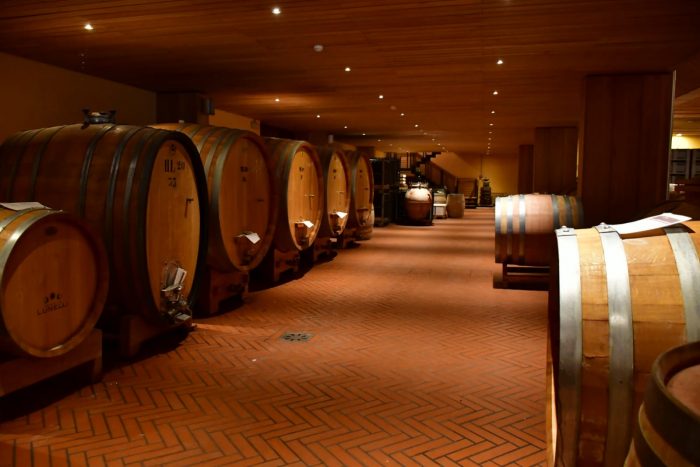
©Strada del vino Colline Pisane
Can you briefly describe the route and which territories of cultural and wine tourism interest it crosses?
The Colline Pisane Wine Route crosses a vast territory of ancient origins, a unique environment shaped by the work of man since the Etruscan era and which expresses a synthesis of the best characteristics of Tuscany: variety of landscape, colors and quality of products of the earth. Along the way, and not only, it is possible to get excited in front of uncontaminated, wide, sometimes harsh and wild landscapes; of the gentle hills cultivated with vines and olive trees, or covered by vast expanses of wheat sometimes replaced, in recent years, by fields of lavender whose scents blend with those of the Mediterranean scrub. Without forgetting the variety of flavors offered by the local cuisine. The journey by car, but also by bicycle, on horseback or simply on foot represents an all-round visual and sensory experience. Winding and panoramic roads lead to places rich in history, culture and art: from romantic villages and imposing farmhouses surrounded by agricultural crops, woods and natural reserves, such as the centers and outlying hamlets of Terricciola, also Città del Vino, Capannoli, Peccioli and Ponsacco, or our associated municipalities, also equipped with valuable museum systems and other points of historical and artistic interest. Not to mention the attractiveness of museums such as that of the Piaggio Foundation dedicated to the Vespa, a world icon of motorcycles, and open-air theaters such as the Teatro del Silenzio, a reference for great international music. A particular mention of routes such as the Via Francigena or the Great Naturalistic Route of the Pisan hills which, integrating perfectly with that of the Wine Route, favor slow tourism linked to the use of open spaces both on foot and by bicycle. In summary, cultural and wine tourism interests merge through a path that unites, substantially in the southern part of the Arno River, just to name the most important centers, San Miniato to Montopoli Valdarno, Pontedera, Palaia, Peccioli, Terricciola, Crespina Lorenzana, Casciana Terme Lari, Chianni up to Lajatico, but which in fact then connects the wine-growing areas of Vicopisano to the north of the province of Pisa, while to the south Volterra and in a broader sense the Val di Cecina and, on the side facing the sea, Santa Luce, Riparbella and Montescudaio. In these municipal areas, we find the main wine tourism companies, many of which offer, in addition to wine tasting combined with other quality products of the territory, the possibility of accommodation. Particularly interesting is the fact that some wineries are among the examples of author cellars indicated from an architectural point of view both in the context of specific projects and through reports on international coverings.
What typical characteristics of the territory do the wines and oils of the Pisan hills that characterize the roads you suggest possess?
As for the wines, we tried to summarize them with the following definition: Tuscan elegance, Mediterranean passion. In the territory of the Strada del Vino delle Colline Pisane, as already mentioned, suitable since the Etruscan era, quality wines are produced that can be traced back to geographical indications or designations of origin which, in addition to representing an added value, play a fundamental role in protecting cultural heritage, traditional production methods and natural resources. Among these, starting from 192.7, the Chianti DOCG wine, one of the first symbols of Made in Italy, based on Sangiovese and with a lively ruby red color that lends itself well to any occasion and improves with aging. Another traditional denomination is the Bianco Pisano di San Torpè DOC, a wine with a dry, harmonious and delicate flavor and a lively aroma, to be drunk fresh and young, based on Trebbiano Toscano and, to a lesser extent, other white vines such as Vermentino and the Chardonnay. The history of the name that derives from the Roman centurion Terpezius, venerated as a saint by the Catholic Church, a courtier of Nero and by him beheaded in Pisa on 29 April 68, following his conversion to Christianity, is interesting. After his death, his body was abandoned on a boat, along with a rooster and a dog, at the mouth of the Arno, then found in the vicinity of Saint Tropez so renamed in honor of the saint.
In 1999, the DOC Montescudaio was recognized, reserved for the “Montescudaio Rosso” types, based on Cabernet Franc and Sauvignon, Merlot and Sangiovese vines at least 50%, with a more or less intense red color, intense aroma and dry and harmonious flavor, of good body; “Montescudaio Bianco”, based on Chardonnay, Sauvignon and Vermentino vines, with a more or less intense straw yellow color, a fine and fruity aroma, dry, savory and harmonious flavor; “Montescudaio Rosso Riserva” made from Cabernet, Merlot and Sangiovese vines, ruby red in color with garnet hues, a broad and complex aroma, a warm, harmonious and persistent flavor. More recently, starting from 2011, the DOC Terre di Pisa was recognized in the two versions “Terre di Pisa Rosso”, based on Sangiovese, Syrah, Cabernet Sauvignon and Merlot, and “Terre di Pisa Sangiovese” based on Sangiovese. with a minimum of 95%. Throughout the territory, wines with Typical Geographical Indication (IGT) contain a great variety of typologies which, according to specific company choices, reflect the link with the territory, which includes most of the so-called Supertuscans, wines of great structure and longevity thanks to a careful selection in the vineyard, careful vinification and aging in barriques or tonneaux.
The Pisan hills, in addition to wine, represent a territory of choice for Extra virgin olive oil, also produced with the Tuscan IGP quality certification. The cultivation of the olive tree has been documented since the Etruscan era even if only starting from the last centuries of the Middle Ages did it acquire a real importance with the expansion of cultivation continued up to the fifteenth century, to reach its peak at the beginning of the eighteenth century. The product is obtained from the fruits of different olive varieties such as Frantoio, Gremignolo, Leccino, Mignolo, Moraiolo, Pendolino and others present in the olive groves alone or jointly for at least 95%. Generally, it has a green to golden yellow color, a fruity aroma accompanied by the aroma of almond, artichoke and ripe fruit; it is suitable for first courses, legume soups of local and regional cuisine and on traditional bruschetta; it is characterized by a maximum total acidity level that varies between 0.5 and 0.6 g per 100 g of oil.
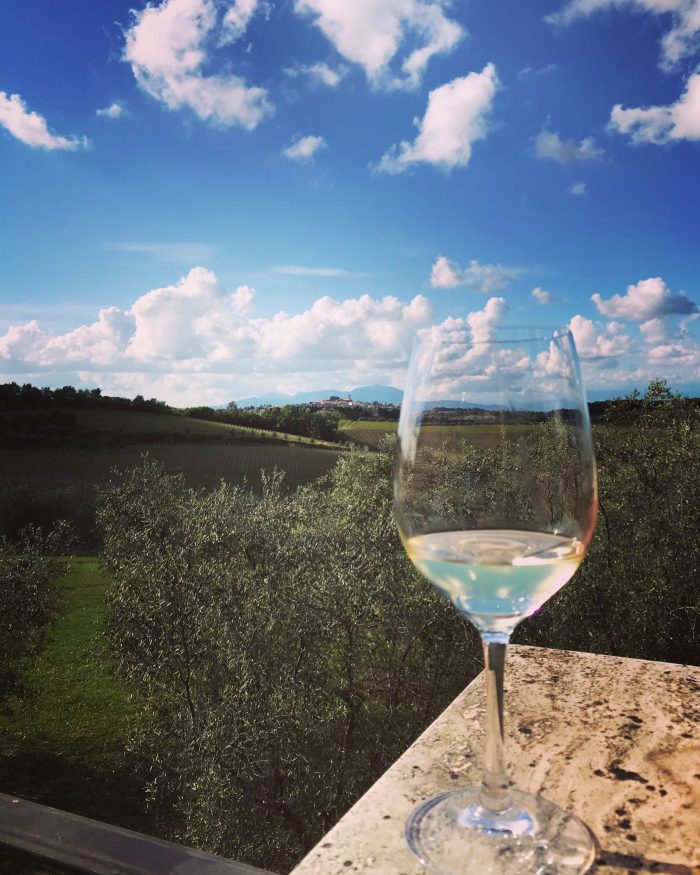
©Strada del vino Colline Pisane
Not only wine and oil but also tastings aimed at promoting dairy specialties such as Pecorino DOP cheese and truffles from the San Miniato hills. What do the companies of these two Tuscan specialties offer the visitor?
We are lucky because the territory we represent expresses more than one excellence from a gastronomic point of view. In addition to the wine and Extra virgin olive oil, already mentioned, I would like to point out, produced by our associates, an artisanal wheat germ pasta unique in Tuscany, cured meats and sausages according to traditional local recipes and techniques, and, in order not to miss nothing, liqueurs including a 100% organic gin made with Tuscan juniper. In response to the question, I would like to highlight how various types of high quality pecorino cheese are produced in the Wine Route, including two Protected Designations of Origin: Pecorino Toscano and that of the Volterrane Balze. The Pecorino delle Balze Volterrane PDO already shows in the name a close link with a more delimited territory of origin and characterized by “balze”, large chasms dug by meteoric waters. It is obtained from the processing of raw sheep’s milk from Sardinian sheep reared in the production area and vegetable rennet obtained from the inflorescences of thistle or wild thistle that is perceived in the scent. Pecorino Toscano DOP is a soft or semi-hard cheese, produced with whole sheep’s milk in forms characterized by a yellow rind; with a sweet flavor, it can be used as a table cheese or for grating, depending on the degree of maturation. Last but not least is the white truffle from the San Miniato hills, as defined by the Tuscan regional law, the most fragrant and delicious of truffles in Italy, if not in the world. Formerly called “food of the gods”, it is collected with the help of dogs trained for the purpose in the period from September to December in the wooded areas of the valley and hills, or along the waterways. It is said that the Emperor Napoleon Bonaparte, who stayed in San Miniato in 1796 for a visit to his canonical uncle during the Italian campaign, really liked the truffles of these areas. In the Pisan hills, white truffles of exceptional size have been collected: in 1954 in San Miniato one was found weighing 2.52 kg, donated to the then President of the USA; in 2007 in Palaia one of them weighing about 1.5 kg was collected, awarded to a charity auction for 220,000 euros, so much so that it was included in the Guinness Book of Records. The invitation I would like to leave to our potential visitors could be summarized as follows: “let yourself be seduced by the products of our food and wine and a good glass of wine from the Pisan hills!”.
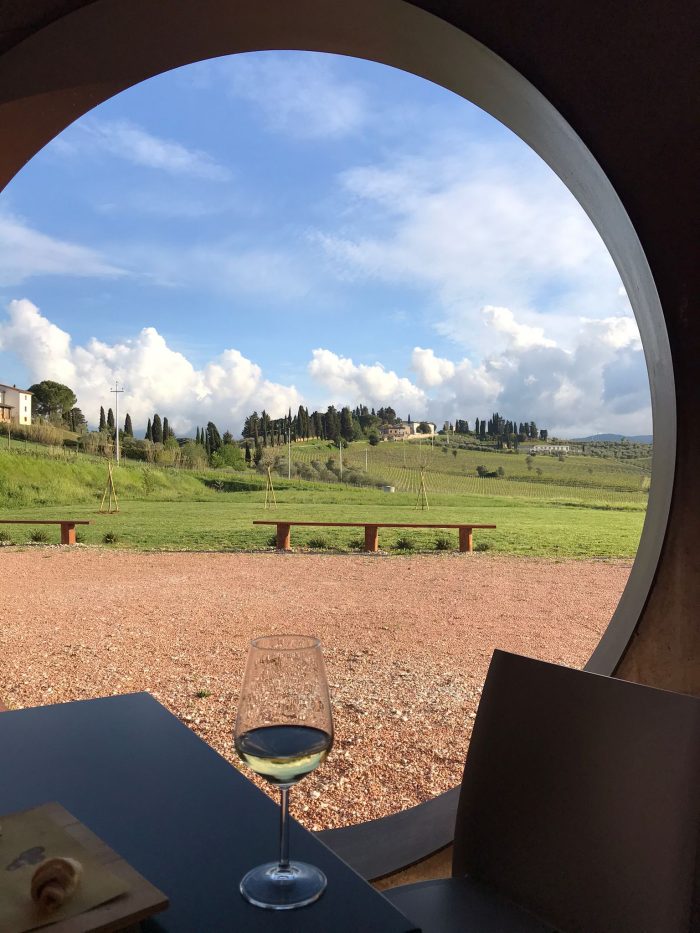
©Strada del vino Colline Pisane
Who can the visitor interested in the itinerary turn to for any information, finding maps and the like?
Any information on companies, products, promotional activities, experiential tourism proposals can be collected on the site: www.stradadelvinocollinepisane.it, currently under renovation. Experiential tourism proposals are also posted on the website of the Federation of Wine, Oil and Flavors of Tuscany Roads: www.stradevinoditoscana.it/booking/#bookFrame. The Strada del Vino delle Colline Pisane is a partner of “Terre di Pisa”, a tourism promotion and enhancement brand, born on the initiative of the Pisa Chamber of Commerce, which later became the name of the homonymous tourism area based on the new legislation on tourism in Tuscany. Other information, informative material, maps and the like can therefore be found or requested through www.terredipisa.it.


